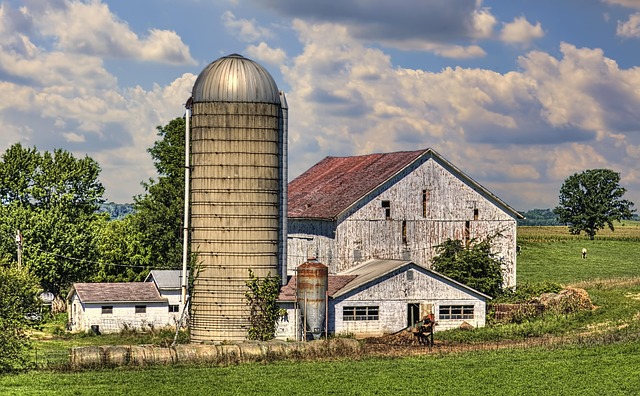Rural heartlands offer a compelling alternative to urban living with their tranquil settings, strong communities, and potential for self-sufficiency. The growing demand for local food and agritourism, combined with lower cost of living, makes rural real estate attractive. Developers can create mixed-use communities that blend residential, commercial, and agricultural elements, promoting economic growth. Eco-friendly housing projects can cater to the need for sustainable living while preserving cultural heritage, providing a unique and appealing lifestyle with improved well-being and cleaner environments.
“Discover the charm of rural heartlands, where a thriving farming economy meets captivating landscapes. This article explores the allure of these regions from a real estate perspective, revealing how their unique features offer substantial opportunities for sustainable growth. We dive into the economic backbone of agriculture, highlighting challenges and potential diversification paths. Additionally, we present strategic approaches for real estate development, emphasizing balanced growth while preserving agricultural land for future prosperity.”
The Allure of Rural Living: A Real Estate Perspective

The allure of rural living has long been a draw for those seeking a simpler, more connected existence. From the moment you step onto a sprawling farmland, the air fresh and unpolluted, a sense of tranquility washes over you. This is not just about the beauty of vast fields stretching to the horizon or the soothing sounds of nature; it’s also about a way of life rooted in tradition and self-sufficiency. Real Estate in rural areas offers a unique opportunity to escape the fast-paced urban lifestyle and immerse oneself in a community where neighbors know each other by name, and the pace is set by the sun and seasons.
For real estate investors and buyers, the potential of rural properties goes beyond their aesthetic appeal. These lands often come with rich soil suitable for agriculture, providing a solid foundation for sustainable farming practices. The growing demand for locally sourced food and the rise of agritourism present excellent opportunities to diversify income streams. Moreover, the lower cost of living and reduced property taxes make rural real estate an attractive option for those seeking financial stability and a closer connection to nature.
– Exploring the unique features that make rural heartlands attractive for real estate development

Rural heartlands, with their tranquil landscapes and tight-knit communities, offer a unique allure for real estate development. The slow pace of life, fresh air, and scenic views are attractive to those seeking a change from urban environments. These areas often boast rich agricultural histories, providing opportunities for sustainable farming practices and eco-friendly developments that cater to health-conscious buyers. The sense of community in rural towns creates a strong support system for new residents, fostering a desire to invest in property.
The availability of vast, undeveloped land allows for innovative real estate projects. Developers can create mixed-use communities that blend residential housing with local businesses and agricultural operations. This blend promotes self-sufficiency and fosters economic growth within the region. Additionally, rural heartlands often have lower property taxes and more flexible zoning regulations compared to urban areas, making them even more appealing for real estate investments.
– Highlighting quality of life benefits and potential for sustainable growth

Living in a rural heartland with a farming economy offers a unique and appealing lifestyle, often characterized by a strong sense of community and connection to the land. Beyond the peaceful surroundings and breathtaking landscapes, residents enjoy numerous quality of life benefits. These include cleaner air, less noise pollution, and ample green spaces, contributing to improved mental and physical well-being. The focus on sustainability in farming practices also translates into healthier food options for locals and visitors alike.
The potential for sustainable growth in these regions is significant when it comes to real estate. As urban areas continue to experience overcrowding and soaring property prices, rural communities present an attractive alternative. There’s an opportunity to develop eco-friendly housing projects that blend seamlessly with the natural environment, catering to a growing demand for more sustainable living options. This, coupled with the region’s inherent beauty and rich cultural heritage, can drive economic growth while preserving the area’s distinct charm.






